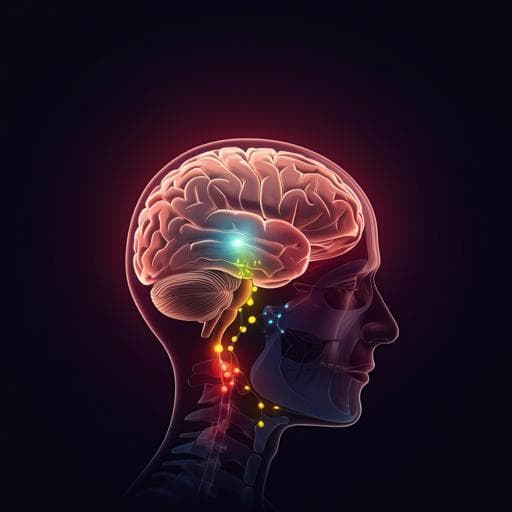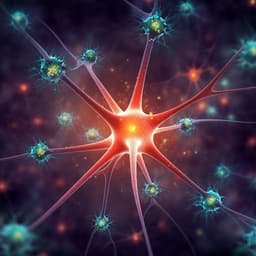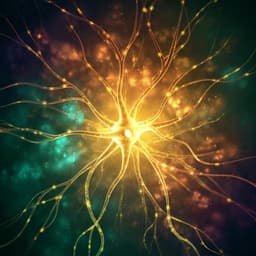
Medicine and Health
Stress-induced red nucleus attenuation induces anxiety-like behavior and lymph node CCL5 secretion
D. Shi, Y. Zhang, et al.
Explore groundbreaking research that reveals how stress influences immune responses through the brain-lymph node axis, led by researchers from the Shanghai Mental Health Center. Discover the connection between anxiety-like behavior and CCL5 levels, shedding light on the intricate interplay between the brain and immune system.
~3 min • Beginner • English
Related Publications
Explore these studies to deepen your understanding of the subject.







